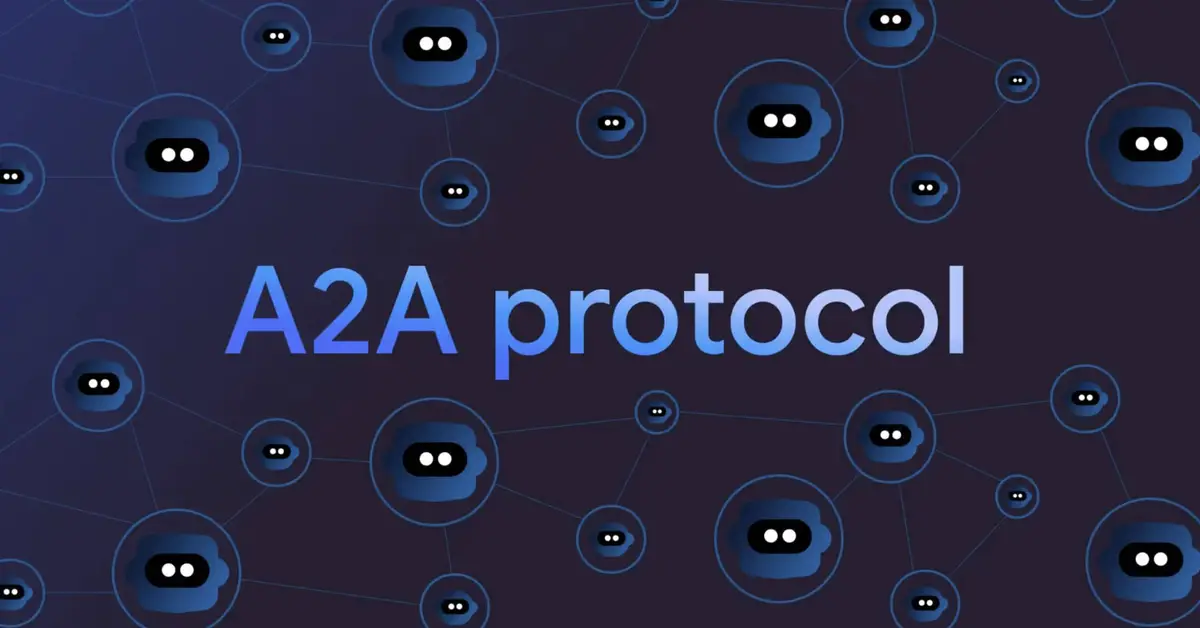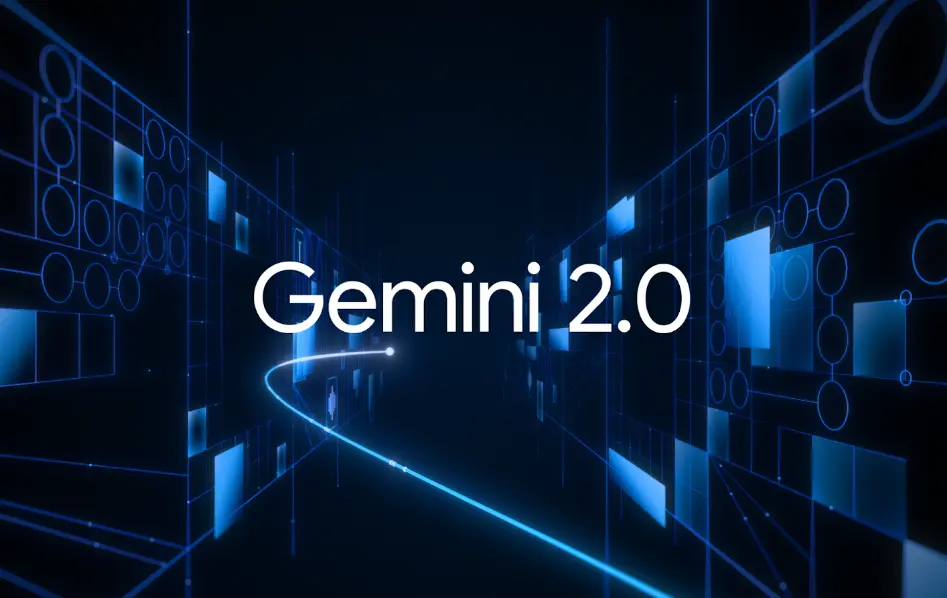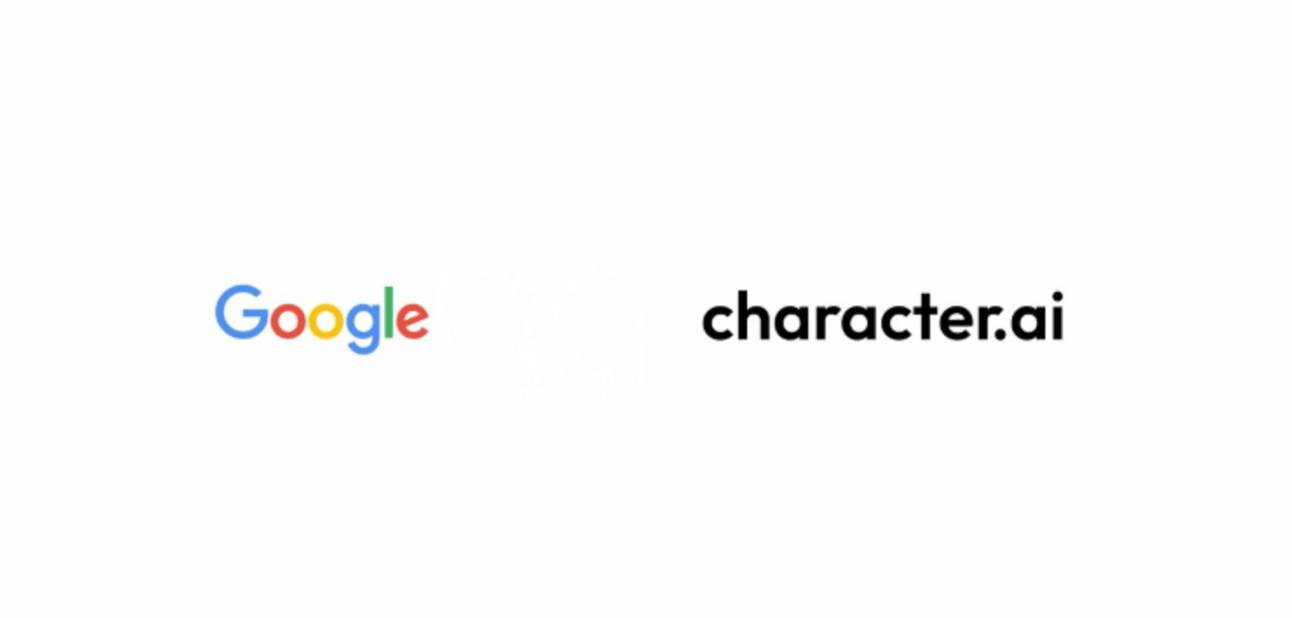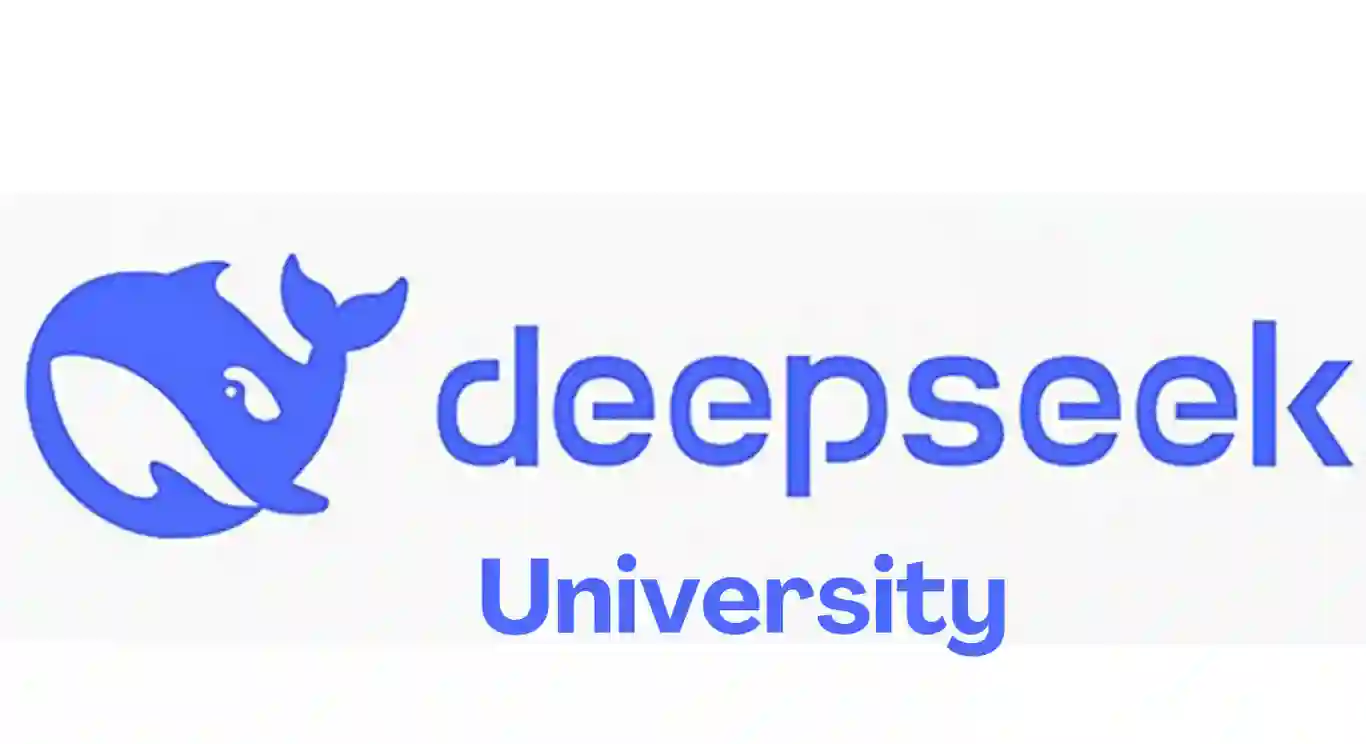Google Launches Agent2Agent
Google launches Agent2Agent, an open protocol for collaboration among AI agents, facilitating structured and interoperable communications.

Google has recently introduced the Agent2Agent (A2A) protocol, an open initiative aimed at facilitating collaboration among intelligent agents. This protocol has been developed with the support of over 50 technology partners and represents a significant step towards an ecosystem where AI agents can interact smoothly and in a structured manner. The need for effective communication between agents has become increasingly evident as companies seek to implement autonomous solutions to enhance productivity and optimize work processes. A2A aims to address interoperability challenges, allowing agents from different vendors and frameworks to collaborate seamlessly.
The A2A protocol stands out for its complementarity with Anthropic's Model Context Protocol (MCP). While MCP focuses on providing context and tools to improve the responses of a single agent, A2A is concerned with facilitating communication among multiple agents. This synergy between the two protocols is crucial, as they tackle different but interconnected problems. MCP prepares agents for dialogue, while A2A provides the necessary infrastructure for that dialogue to occur in a standardized manner. Together, these protocols contribute to creating an environment where agents not only operate more intelligently but can also collaborate to achieve complex goals.
One of the most innovative aspects of A2A is its design based on existing standards such as HTTP, Server-Sent Events (SSE), and JSON-RPC. This approach allows for rapid and straightforward integration with the IT infrastructures already in use by companies, reducing technical barriers to adoption. Organizations can implement A2A without facing the learning curve associated with new technologies, instead leveraging the skills and resources they already have. Additionally, A2A is designed to be modality-agnostic, supporting not only text communications but also audio and video streams. This flexibility makes it suitable for a wide range of applications, from voice interactions to visual interfaces, opening up new opportunities in sectors such as customer service and robotics.
In summary, Google's A2A protocol represents an important innovation in the field of intelligent agents, promoting a collaborative ecosystem among autonomous agents. With its ability to integrate different standards and communication modalities, A2A not only enhances operational efficiency but also provides a framework for addressing future challenges in the workplace. Companies that adopt this protocol can benefit from increased productivity and reduced operational costs, while AI agents become increasingly capable of working together to achieve complex and dynamic goals.




